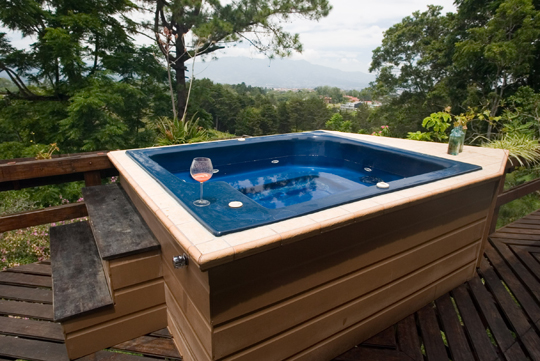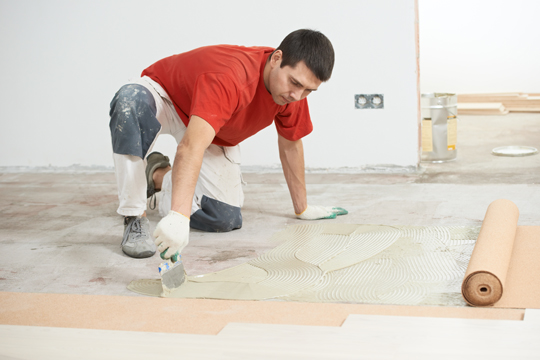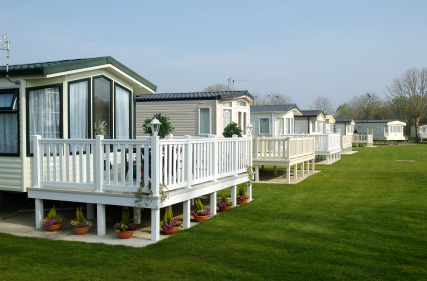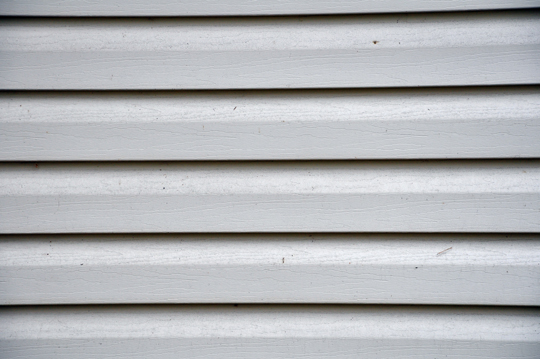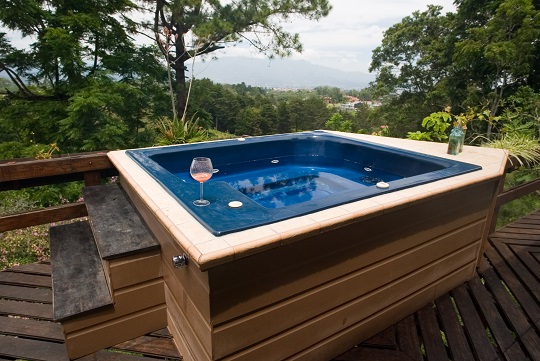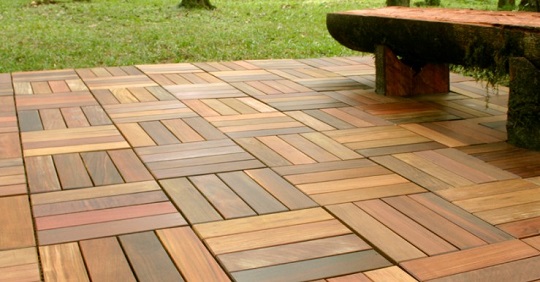Hot tub skirting, or the cabinet that surrounds your hot tub, is typically made of durable wood, such as cedar, which is widely used in outdoor applications for its endurance to decay and insect infestation. However, nowadays composite or synthetic materials are widely used for hot tub skirting.
If you are considering installing spa skirting or replacing your old one, here are some options for hot tub skirting materials to help you decide what’s best for your needs.
Wood
Many people prefer wood for hot tub skirting because of its appealing look. It integrates naturally in outdoor spaces, enhancing the appearance of your hot tub. The most common types of wood used in hot tub skirting are cedar and teak. They are extremely resistant and can withstand severe weather conditions. More affordable options include lumber or plywood.
Composite Materials
Synthetic wood kits are another option. The panels, or siding, used to make the skirting for your hot tub is made of a material, which combines wood and plastic. They are easy to install and require less maintenance than traditional wood skirting. A lot of homeowners choose composite materials because they simulate wood, but aren’t as demanding as wood when it comes to maintaining them.
Faux Stone
If you want to give your hot tub a more rustic look, you can choose faux stone interlocking panels. Unlike wood, they don’t require staining or sanding to preserve their appearance.
Plastic Hot Tub Skirting Materials
Plastic hot hub skirting is increasingly popular because of its advantages. Skirting panels are available in several color,s and you can install them yourself if you’re a DIY’er, as many of them come in easy-to-follow instruction kits. Also, it’s easier to maintain polymer or foam hot tub skirting than wood.
Expert Help
Looking for hot tub skirting materials? Seva Call can locate a professional in your area who can give you a hand. We’ll do that in minutes. For free!
Tags: Hot Tub Skirting Materials

